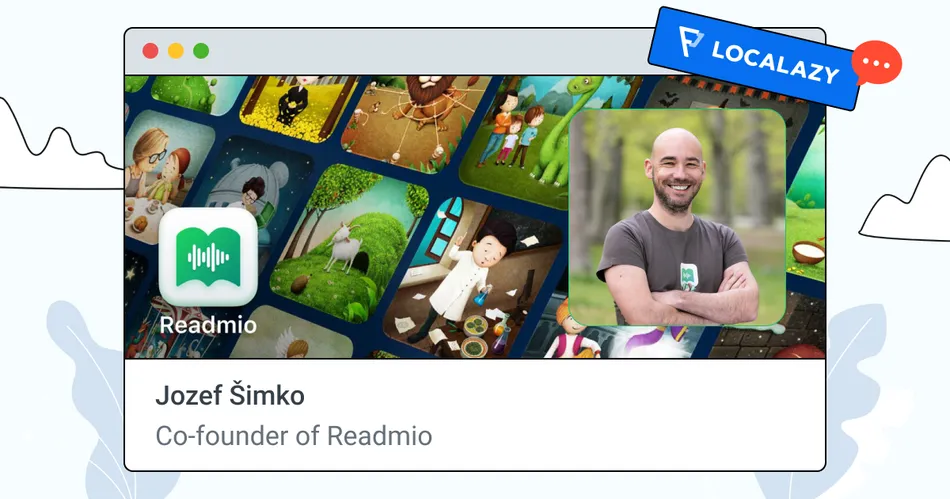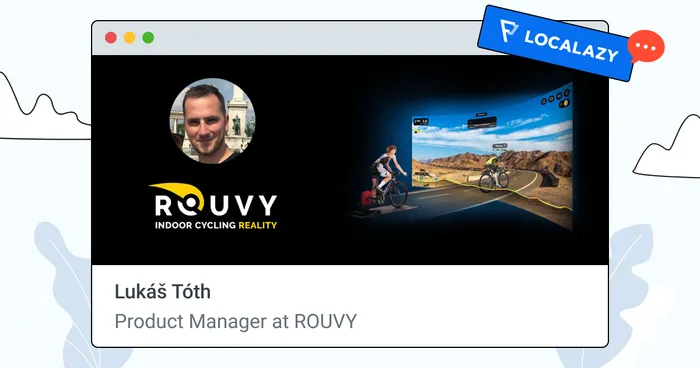Stimuli for children have never been more intense than in the era of smartphones and tablets. Extensive research has already proven that screen time is affecting their ability to focus on the task at hand, with the infamous "TikTok brain" becoming one of the culprits. Things aren't much different for adults, and post-covid challenges haven't made this easier for either. Today, encouraging kids to let their imagination flow is a challenge for parents worldwide.
In this new scenario, the Czech award-winning platform Readmio has stood out as a solution to the attention span crisis. With +1 million downloads and over 6 million stories already read, it merges the convenience of technology with classic storytelling, offering nearly 500 stories for kids aged 2 to 10 that children and adults can enjoy together in audio and offline format.
Founded in 2020 by parents who wanted to offer a better storytelling experience to their kids, the app co-created by Jozef Šimko is changing the way we read to our youngest. Whether you're looking for short tales to wrap up a busy day before bed or interactive activities to engage your child, Readmio has something special for everyone. In this interview, Šimko tells us how the team made this idea a reality and how they use Localazy to offer their content in multiple languages for children and parents all over the world.
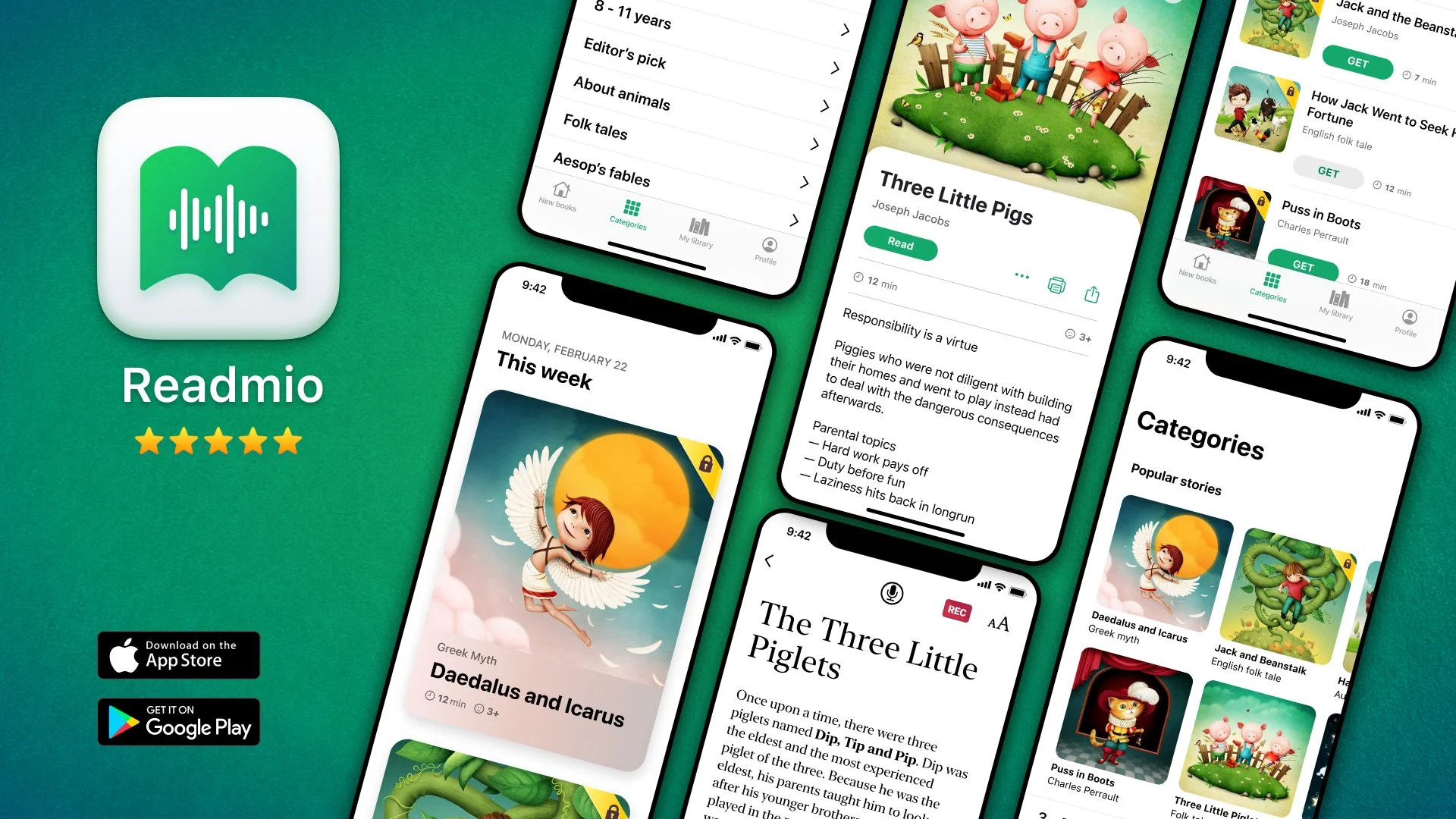
✨ Nurturing kids' imaginations 🔗
Hey Jozef, happy to have you here. 🙂 What is Readmio, and what is the vision behind it?
Readmio is a digital publisher focused on children's literature. At the heart of the project is a simple mission: to deliver one fairytale a day to every child in the world.
Some might wonder, why focus on fairytales or stories? The answer lies in the unique power of storytelling. Every story carries a lesson that can teach children something valuable. There are the obvious moral lessons, such as respecting elders or learning proper behavior, but stories can go far beyond that. Through fairytales, we can teach kids about science, physics, math, history, culture, music, ecology, and much more. Stories are an intuitive way for children to grasp even the most complex aspects of life.
To bring this vision to life, we write stories, enhance them with sounds and music, and package them into a mobile app that’s accessible to everyone.
How did you decide on the length of the stories?
We chose to keep them short, around 5 to 10 minutes long. Children enjoy stories that end in one sitting, and many parents don't have a lot of time each night. A quick, 5 to 10-minute tale is often just enough. Of course, if parents have more time, they can choose to read another story. Kids usually ask for more, and it depends on the situation. That's why we offer shorter stories with the option to select more if families want to.
Can you tell us a little bit about your background and how the idea came to fruition?
I’ve always been an entrepreneur at heart, starting small businesses even during my university years. Over time, I launched several ventures, including a software company focused on creating mobile applications for clients in Europe and the U.S. That business grew fast from just three people to 150 within seven years. Along the way, we earned several prizes, including being named the fastest-growing company in Slovakia by Deloitte’s Fast 50 and ranking sixth in Central and Eastern Europe. Ernst & Young also recognized us with awards. Around 2018, and after careful consideration, we decided it was the right time to sell.
Following the acquisition, I stayed with the company that bought us and tried to develop new projects there. However, the slower decision-making processes typical of large corporations made it challenging to innovate effectively. After three years, I decided to start fresh and return to building something of my own.
This time, I wanted to stay in the mobile industry, which I loved from my previous work. As a new parent, I felt inspired to combine my passion for mobile apps and reading to children. I aimed to create something that facilitated bonding without increasing children’s screen time, especially considering how much time they already spend on YouTube Shorts, games, and the like. The result is an app designed specifically for parents, connecting these two meaningfully.
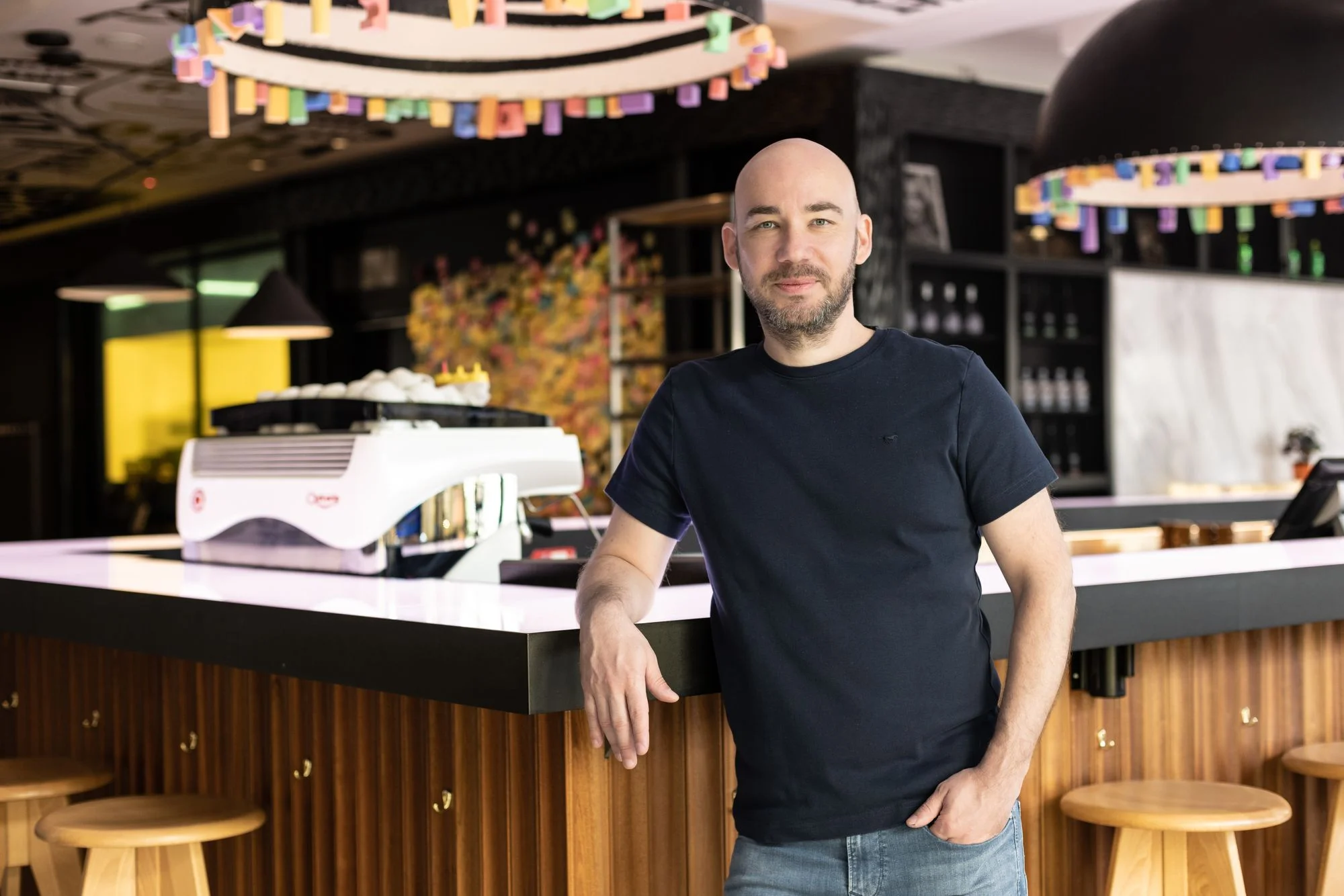
Who are your customers?
Most of our users are parents, but we don’t know much about them because we don’t collect personal data. We can only guess based on reviews and feedback. About 80% of our users are mothers with kids aged 2 to 10, and the other 20% are fathers reading to their kids. The parents are usually between 24 and 45 years old.
So, how does it work? I figure you use the app with your own children, so – what can parents expect to find when they launch the app to read a story for their kids?
The app is designed to offer flexibility, so parents can choose stories based on what they need at the moment. For example, if your child had a tough day and went through strong emotions, you can find a story that helps teach them how to handle those feelings. If your kid is struggling to make friends at kindergarten, there’s a story for that, too. Or, if they’re curious about science (like the moon or planets), you can also find stories to spark their interest. 📖🤩
The stories are organized in several ways to make it easy for parents. You can browse by age, topic, or specific situations, like bedtime. For bedtime stories, there’s calming music in the background to help children fall asleep peacefully. Whether it’s about emotions, science, or teaching a lesson, the library has something for every parent’s needs.
"About 80% of our users are mothers with kids aged 2 to 10, and the other 20% are fathers reading to their kids. The parents are usually between 24 and 45 years old"
As for me, I use the app differently depending on my kids’ ages. My youngest, who’s three and a half years old, enjoys it when we read her stories from the app and also listens to stories I pre-record. My older kids, aged 10, 12, and 14, are at different stages. Sometimes, they ask for a Readmio story, and other times, my son (12) reads stories from the app to his younger sister (10), which is amazing to see.
Can the app be used offline? Also, do you think this kind of technology might replace physical books, or is it more like the case with e-books, where physical books still hold their place?
Yes, the app works offline. Once you download a story, you don’t need an internet connection to read or play sounds. This is great for traveling or being in places without Wi-Fi, like a cottage. Plus, everything stays on your device — your voice and data are never sent to servers. The voice recognition system works entirely on your phone, transcribing what you say into text and matching it in real time with the text on the screen. When it finds a match, it triggers the corresponding sound.
I don’t think technology like this will ever replace physical books. There’s something special about holding a book and flipping through its pages. This app is more of a companion to books, not a replacement. For example, it’s perfect when you don’t have a new book or when you’ve read the same story countless times. With hundreds of stories on different topics, the app makes it easy to explore something fresh. It’s also convenient for trips since you don’t need to pack a pile of books.
We have even launched our first printed book that works with the app. You can read from the physical book while the app plays sounds or interacts with the story. We’re also partnering with publishers to bring this feature to more books, combining reading with the added dimension of sound.
"I don't think technology like this will ever replace physical books. There’s something special about holding a book and flipping through its pages. The app is more of a companion, not a replacement [...] We're even working on pairing physical books with the app"
Privacy is important for parents with young children. How do you handle it? Can you expand on how your voice recognition system stores data – does it identify who is reading, for instance?
The app’s voice recognition system doesn’t store or analyze anything beyond what’s necessary for transcription. It doesn’t record or save the voice’s tone or timbre, so it doesn’t identify who is reading. Whether it’s a parent or a child, the system only transcribes the words being spoken. All processing happens entirely in the device’s memory, and nothing is stored or sent anywhere else, guaranteeing complete privacy.
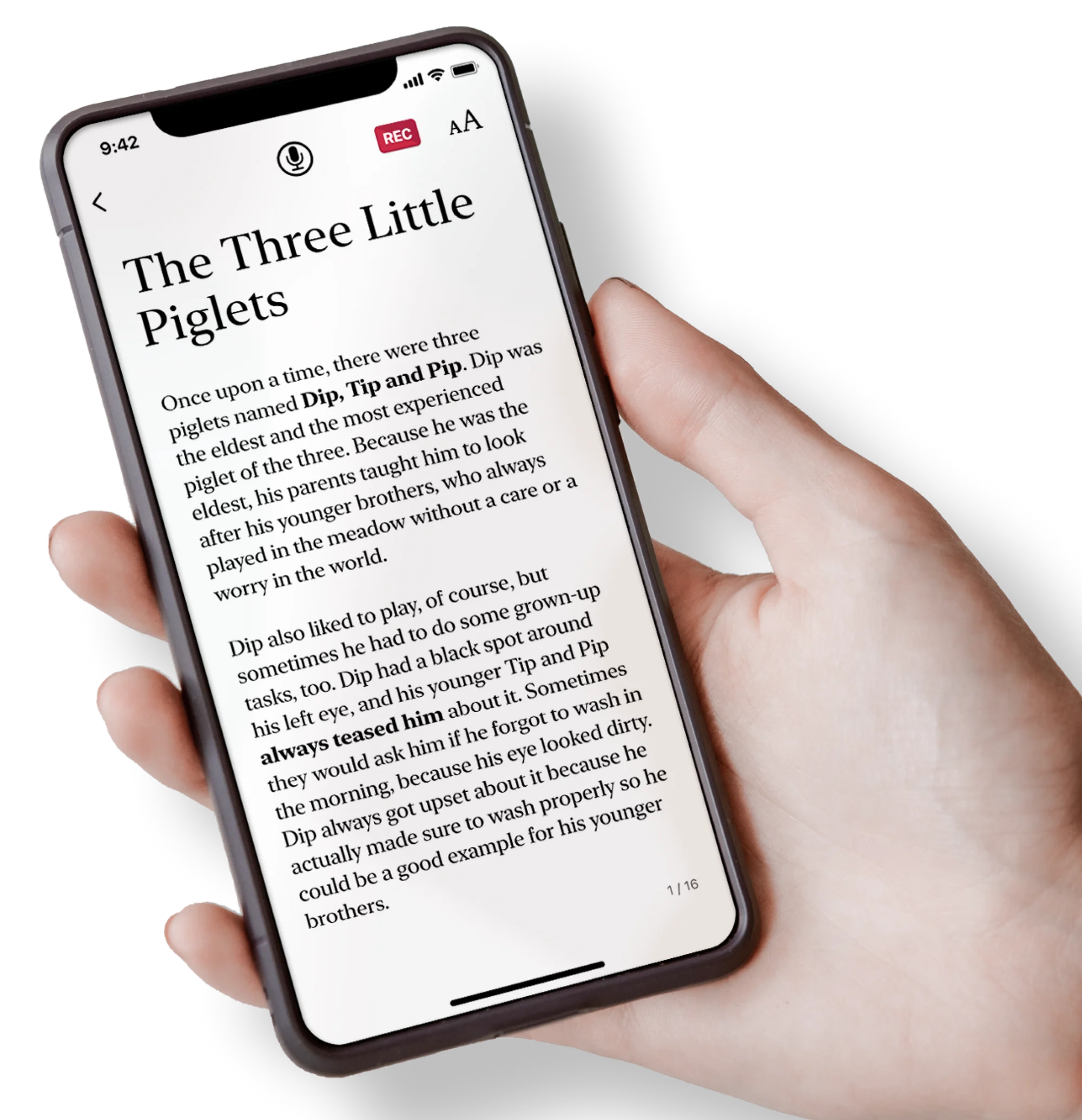
One of the unique features of Readmio is that it doesn't include illustrations or visual stimuli. Why did you choose this approach?
We purposely decided not to include illustrations in the stories. When parents read from a phone or tablet, the text alone (without any pictures) deliberately draws less attention from children. We want them to focus on the parent’s voice, the sounds, and the music, which is the core of the experience.
When children watch videos or animations, they don't use their imagination much because everything is provided for them. But when they listen, their imagination takes over. 🌈 They picture the characters, the scenes, and everything in the story. That’s why we left out illustrations in the stories. While there are images to help parents and kids choose what to read, the goal is to keep them engaged with the audio experience, not by looking at a screen.
In this overly visual world, do you think kids’ imaginations are in danger?
I think we’ve had big problems in the last five years, maybe longer, with children spending too much time scrolling on social media and getting lots of visual stimulation from games. This could make it harder for them to imagine things in the future. But more than that, kids’ attention spans are getting shorter.
"We purposely decided not to include illustrations in the stories. When parents read from a phone or tablet, the text alone deliberately draws less attention from children. We want them to focus on the parent's voice, sounds, and music"
They’re having trouble focusing because there are so many distractions. Everything moves fast, and when you scroll, you don’t really pay attention. This is becoming a big issue for kids. It’s not just about imagination but about being able to concentrate. I’ve noticed it with my own kids. My older son has a harder time paying attention now. We didn’t limit phone use before, but now we have because we’ve seen how it affects them.
🧑💼 The business of storytelling 🔗
Let's talk about funding. How is Readmio funded, and what’s your current runway?
We started the project using our own money. With that, we developed a minimum lovable product (MLP) and launched it on Google Play and the App Store as a free, basic app. While it wasn’t perfectly polished, it did the job and included some nice illustrations. Then we released it to test whether there would be demand for the product or if it was a bad idea. We ended up with 50,000 downloads and nearly all five-star ratings, which proved there was interest. That’s when we decided to take it seriously and turn it into a startup.
Originally, it was just a hobby project for our own kids, with no plans to build a company. But after the positive response, we decided to move forward. We reached out to six venture capital funds, and one of them decided to invest. Since then, we’ve done another two rounds of funding. Our current runway is about 12 to 13 months, depending on spending, growth, and our strategy.
What would you say are the biggest risks and challenges for your company?
The biggest challenge for our company is fighting for the customers' attention. Today, there’s so much advertising everywhere – even with a great product and mission, we still have to work hard to grab the prospects' attention. For any consumer-focused business, user acquisition is always a major challenge. As a startup, we don’t have big budgets for ads to increase brand awareness or attract users, so we have to be smart and cost-effective in our approach. Finding ways to do this efficiently is quite tough.
How does the team at Readmio look like, and how do you select your expert pool to craft the stories?
The core team at Readmio consists of 11 people, including engineers who develop apps and servers, a product designer, a sound engineer, and two colleagues who handle content preparation and marketing. In addition to our internal team, we collaborate with a much larger group of external experts. These include educators, teachers, editors, and native speakers in the countries where we operate, such as Brazil, Poland, and Germany. We work with psychologists and teachers to make sure that our content is educational and effective.
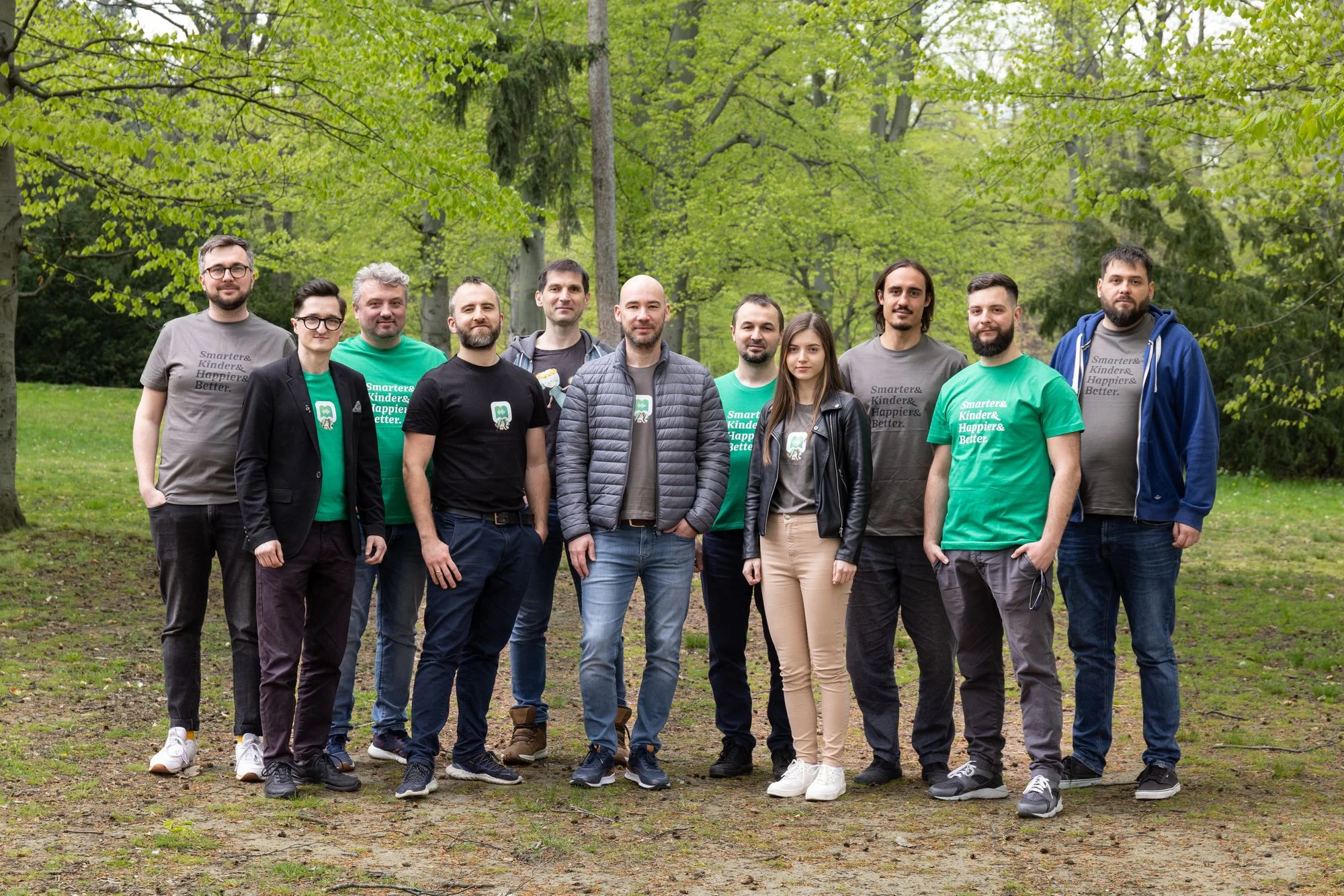
The external team helps create not just stories, but also additional features like quizzes and activities. For example, after reading a story, parents can test their child’s comprehension by asking quiz questions. This feature is already used in over a thousand schools. Teachers also prepare printable activity sheets that help kids learn with hands-on exercises, like coloring or working with 3D paper.
In which fields are you innovating? Any future features you can tease?
One of the big recent updates for Readmio was our recommendation engine. Based on your reading history, the app suggests stories for you to try next. For example, if you've read several stories about emotions, it may recommend you another one about the same topic. If you're reading a series, it recommends the next part of that series, and so on. Importantly, all of this happens offline, without any data being sent to servers.
Another planned update we are working on right now is profiles, in which we'll introduce new motivational badges and challenges, as well as reading streaks. 📚🏆 We're also adding playlists to let you play a set of recorded stories in any order. Our roadmap is packed with more features, and once we’ve made sure users are happy with the basics, we plan to introduce even more exciting ideas.
The core team at Readmio includes engineers, designers, and content specialists. In addition, the startup collaborates with a large pool of external experts that help them craft their educational content: from educators and teachers to editors and psychologists
What does success look like for Readmio, and what are your long-term goals for the company?
I co-founded a company that grew to 150 people, and it was a lot of travel and nonstop work. Now, with Readmio, I enjoy the complete opposite: working with a small team of just 11 people. I love the flexibility of developing our product from home, and I’d like to keep it that way, without needing to expand or travel much.
In terms of success, I’d consider reaching 100 million in revenue a big milestone. Once we hit that, I’d be confident in saying Readmio has truly succeeded.
How do you think the industry of education technology will look like in the next few years?
Edtech will continue growing and become a bigger part of both education and entertainment. We’ll see new tools that offer personalized learning experiences, like language learning or other subjects. While we’ve experimented with AI tools like GPT, I’m not sure yet how we’ll use them for things like storytelling. At Readmio, we focus on creating stories by hand, written by real people. ✍️ There's a clear difference between AI-generated content and stories written with care.
One thing I’m certain of is that technology will never replace the physical presence of a parent reading to their child. While AI can read a story, it can’t replace the bond and interaction that come from a parent’s voice and presence. That personal connection will always be important.
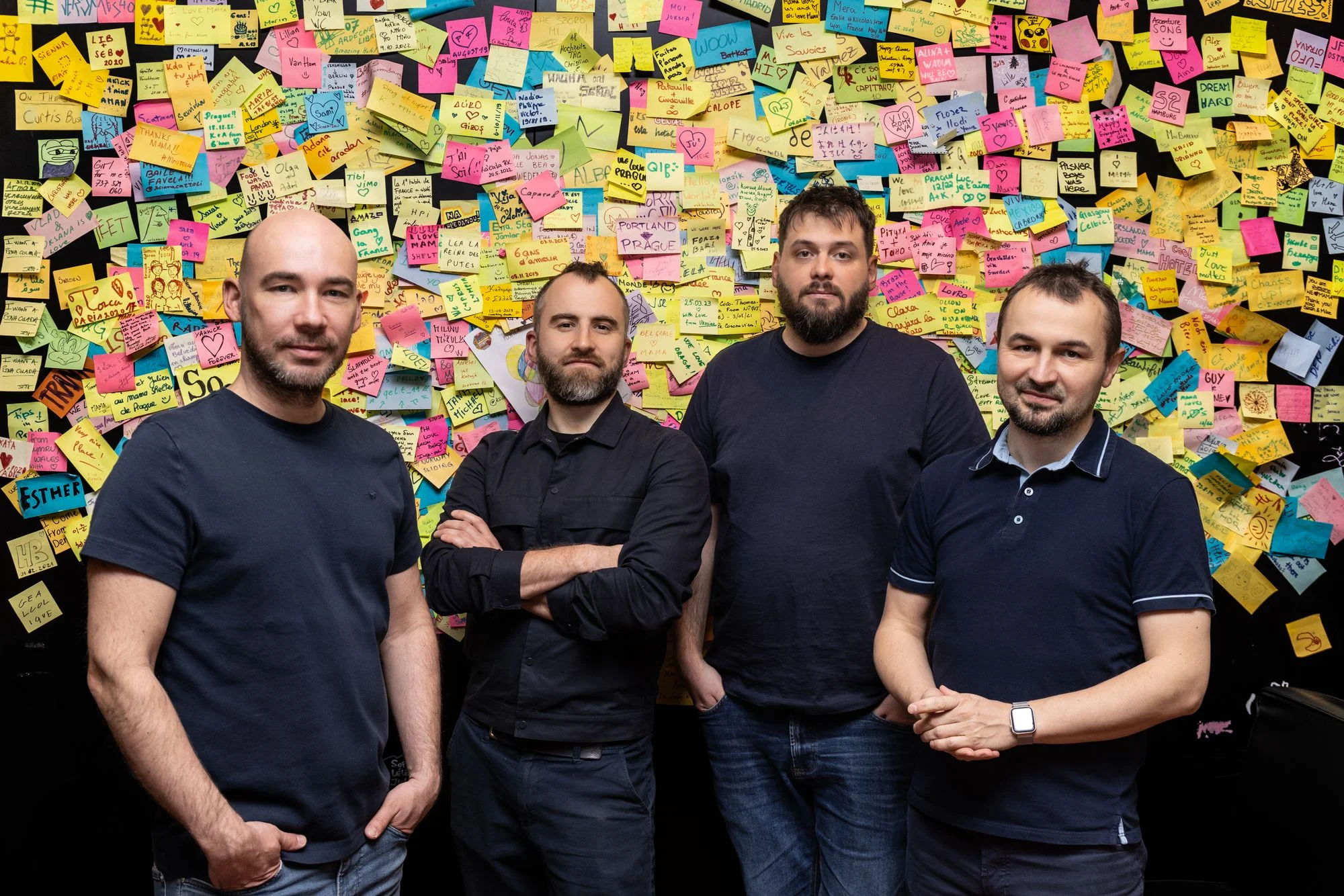
🗺️ Localizing children stories 🔗
We're happy you're using Localazy to bring your stories to children globally. 🙂 In how many languages are they currently available?
We started by testing in Czech and Slovak since it was easy to manage and gather user feedback for these small markets. After seeing positive results, we expanded to other languages. Now, the app is available in eight languages, including English, Spanish, Portuguese, Italian, German, and Polish. We’re planning to add more, possibly Hindi, Chinese, or French.
When choosing new languages, we consider factors like market size, economic strength, and cultural aspects. For example, we look at whether reading to children is common in that culture, or if parents have time to do it. We also consider practical things, like whether we can find team members who understand the language. For now, we're not focusing on languages that are too different from our own, like Indian or Chinese, but we may explore those as we grow.
Readmio is currently available in eight languages: English, Spanish, Portuguese, Czech, Slovak, Italian, German, and Polish. Hindi, Chinese, and French could be the next additions
Have you localized your product for different locales, like Brazilian Portuguese and European Portuguese?
That's a good question. We haven't done that right now, but we plan to do it later. It's not a top priority at the moment. When we looked at the most spoken languages in the world, we saw that Portuguese was important, but we chose Brazilian Portuguese for now because Brazil has a much larger population — around 200 million people compared to Portugal, where only about 10 million speak Portuguese.
Similarly, with Spanish, we focused on markets with large populations and strong family bonds, like in Brazil. So, for now, Brazilian Portuguese was the logical choice, but we may add Portugal Portuguese in the future.
Why did you decide to localize your product, and why did you choose Localazy?
Originally, the app’s translations were hardcoded in iOS and Android because we only had two languages. But as we added more languages, it became clear we needed a tool to manage all the translations and coordinate the team. After looking at a few options, we chose Localazy for several reasons. The pricing is great for startups, and the features are exactly what we need, with new ones being added regularly. I also read positive articles about you, which gave us confidence. And we’re not planning to switch anytime soon.
Did you have any previous experience with localization before Localazy?
Our localization process was quite manual before using Localazy. Initially, we only had two languages, so the translations were hardcoded directly into the iOS and Android apps. 👀 As we expanded to more languages, it became difficult to manage all the translations and coordinate the work.
The growing number of languages meant we needed a better solution. We faced challenges tracking translations, maintaining consistency, and managing a larger team, which made it clear we needed a dedicated tool like Localazy.
"As we added more languages, it became clear we needed a tool to manage all the translations and coordinate the team. [...] We chose Localazy for several reasons: the pricing is great for startups, and the features are exactly what we need, with new ones being added regularly"
Do you have an internal localization team? What does the process of implementing a new language or translating new stories look like?
We have a colleague who handles translations, though she’s not a dedicated localization manager. As a small company, she takes care of it alongside other tasks.
We use Localazy in two ways. Sometimes we only need a few things translated, so we reach out to our translators outside of Localazy, often through Slack, for a quicker turnaround. For major updates with a lot of new content, the translators access the strings directly in Localazy, and we review and approve them before they’re finalized.

What is your favorite Localazy feature, and why?
I spend a lot of time in Localazy, so I'd say the automatic translations are really useful. They help us quickly choose the best translation and save time during the process.
Are there any markets or languages you're planning to add soon?
We originally planned to take a break from adding new languages after translating everything into five new tongues. It was a lot of work, and we needed time to focus on other things, especially content. However, it's been a year since we included new languages, and now we're thinking about adding Hindi, Mandarin, or Arabic. These are large markets with many speakers.
We have also considered other languages from India, like Punjabi and Urdu. We recently did some research and selected potential Indian languages. I even presented at a competition in Beijing about entering the Chinese market, but we haven't made a final decision yet. Let's see what happens.
🥇 Get featured on the Localazy Blog 🔗
If you enjoyed reading through this interview and have a similar story as a Localazy user that you would like to share, feel free to let us know. We would love to hear how your business was founded and how it became an international success with the help of localization.
